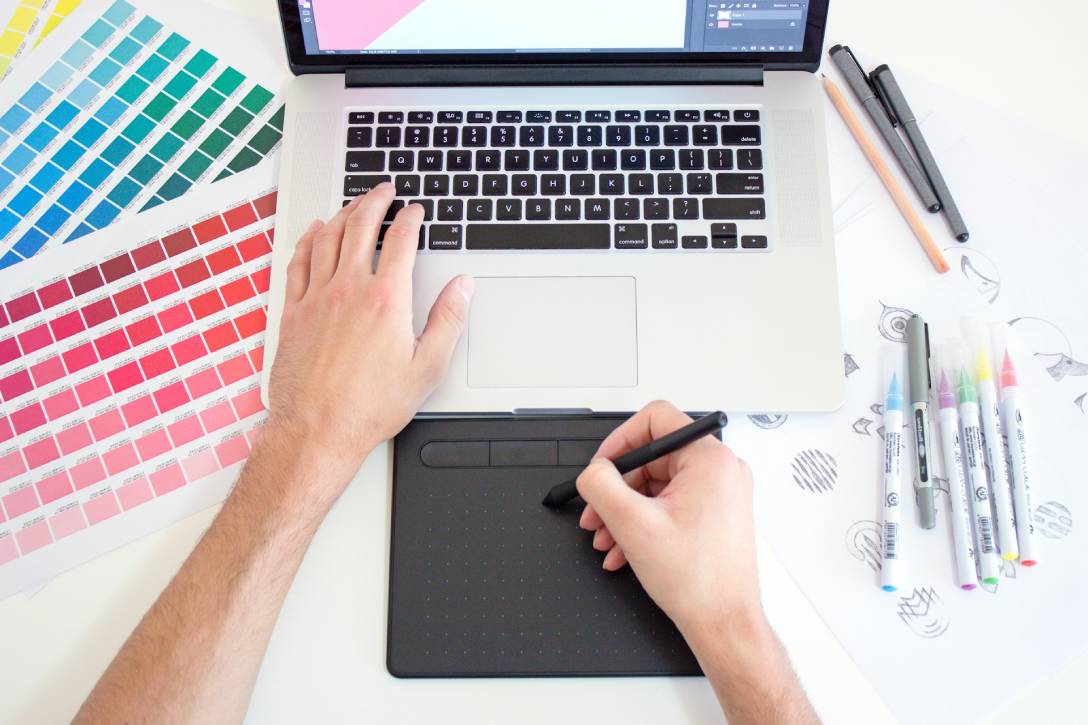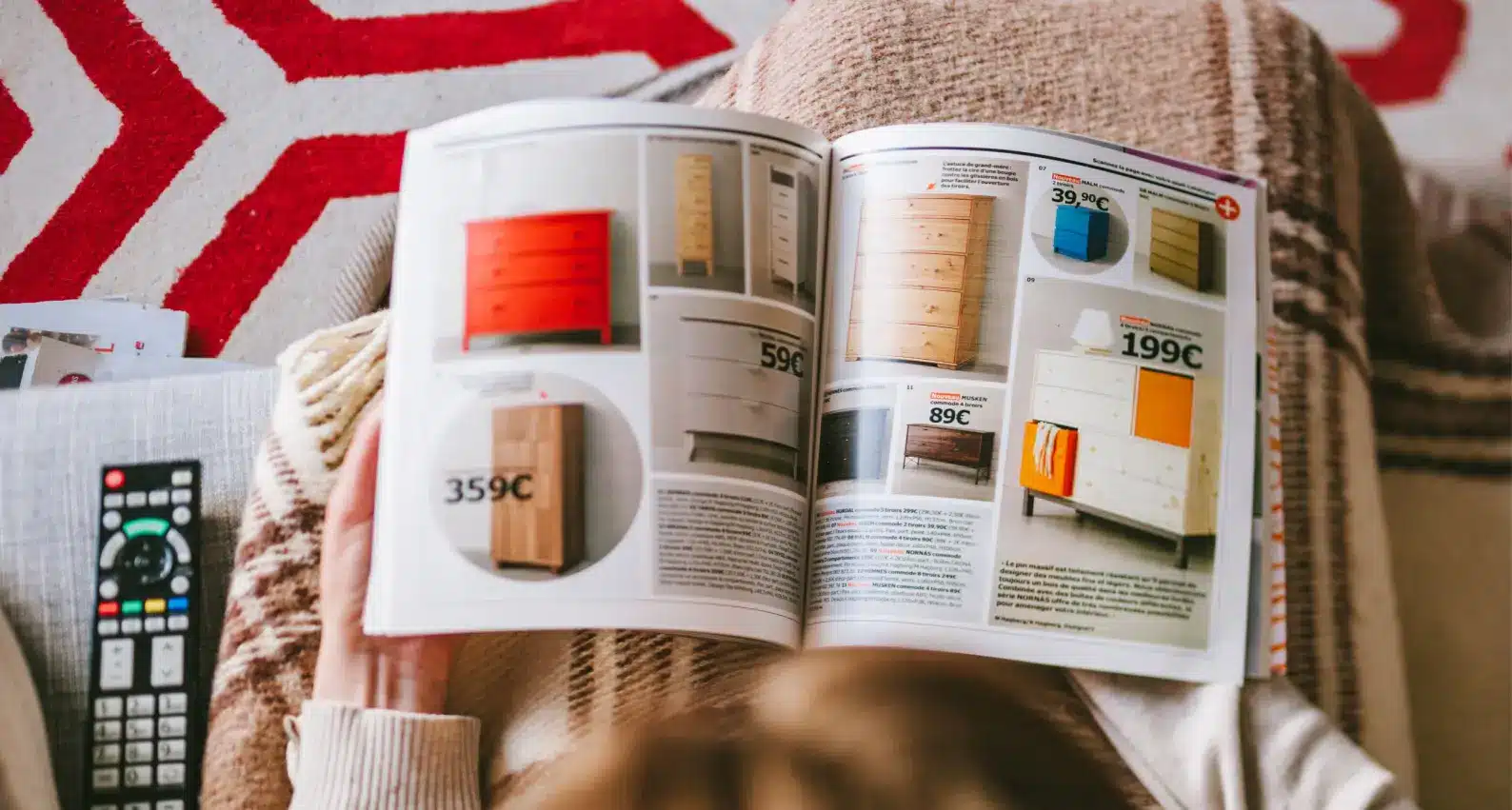Graphic design is more than just creating visually appealing content-it’s about solving problems, communicating ideas, and evoking emotions. Whether you’re just starting or looking to refine your expertise, improving your skills is an ongoing journey. Here’s a structured guide to help you grow as a designer:
1. Build a Strong Foundation
Before diving into advanced techniques, ensure you have a solid grasp of the basics:
- Color Theory: Understand how colors interact, evoke emotions, and enhance messaging.
- Typography: Master font pairing, hierarchy, and readability to communicate effectively.
- Composition and Layout: Learn to balance visual elements to create harmony and focus.
Study these fundamentals by analyzing great designs, taking online courses, or practicing simple projects.
2. Practice, Practice, Practice
Skills improve with repetition. Work on diverse projects to gain hands-on experience:
- Design social media posts for a friend’s business.
- Create mockups for branding projects, such as logos or business cards.
- Redesign an existing website or app to improve usability and aesthetics.
These exercises simulate real-world challenges and help you build confidence.
3. Stay Updated on Trends and Tools
The design world evolves quickly. Stay informed about current trends and tools:
- Trends: Explore popular styles like minimalism, bold color palettes, or retro aesthetics.
- Tools: Master industry-standard software such as Adobe Creative Suite, Figma, and Canva.
Dedicate time weekly to experiment with new features or techniques to stay ahead of the curve.
4. Study Great Design
Great designers learn by observing the best work out there. Analyze designs from platforms such as:
- Online galleries like Behance and Dribbble.
- Everyday objects like product packaging, advertisements, and magazines.
Pay attention to what makes these designs successful and try to incorporate similar principles into your work.
5. Take Online Courses and Tutorials
Learning is a continuous process, especially in a field as dynamic as graphic design.
- Platforms like Coursera, Skillshare, and Udemy offer structured courses for all skill levels.
- Watch tutorials on YouTube to learn specific techniques or tools.
Set small goals, like mastering a specific software feature or completing a personal project, to apply what you learn.
6. Get Feedback and Iterate
Feedback is a powerful tool for improvement. Share your designs with peers, mentors, or online communities. Constructive critiques help you:
- See your work from a fresh perspective.
- Identify areas of improvement.
- Gain confidence in your ability to iterate and refine.
Not all feedback will align with your vision, but learning to filter and apply relevant suggestions is key to growth.
7. Build a Portfolio of Diverse Work
A portfolio is your gateway to opportunities. Include a variety of projects that showcase:
- Branding and identity work.
- UX/UI design for web and apps.
- Posters, illustrations, and social media assets.
Keep it updated with your best work, and tailor it to the types of clients or employers you want to attract.
8. Connect With the Design Community
Networking with other designers can accelerate your growth.
- Attend local design meetups or global conferences.
- Join online forums and communities where designers share insights and opportunities.
Collaborating or exchanging ideas with peers often leads to inspiration and new skills.
9. Specialize, But Stay Flexible
While it’s valuable to specialize in a niche (e.g., UX/UI design or branding), having a versatile skill set makes you adaptable to different projects. Experiment with areas outside your comfort zone to broaden your expertise.
10. Create Personal Projects
Personal projects allow you to explore creative freedom without the constraints of client work. Examples include:
- Designing a concept app or website.
- Rebranding an imaginary business.
- Developing a series of illustrations around a theme.
These projects can serve as both practice and portfolio material.
Conclusion
Graphic design is a journey of constant learning, experimenting, and adapting. By building a strong foundation, staying updated on trends, and practicing consistently, you can develop a unique style and a robust skill set. Whether you’re aiming to land your dream job or launch your freelance career, the key lies in perseverance and passion.
What’s your next design challenge? Start today and keep evolving!








